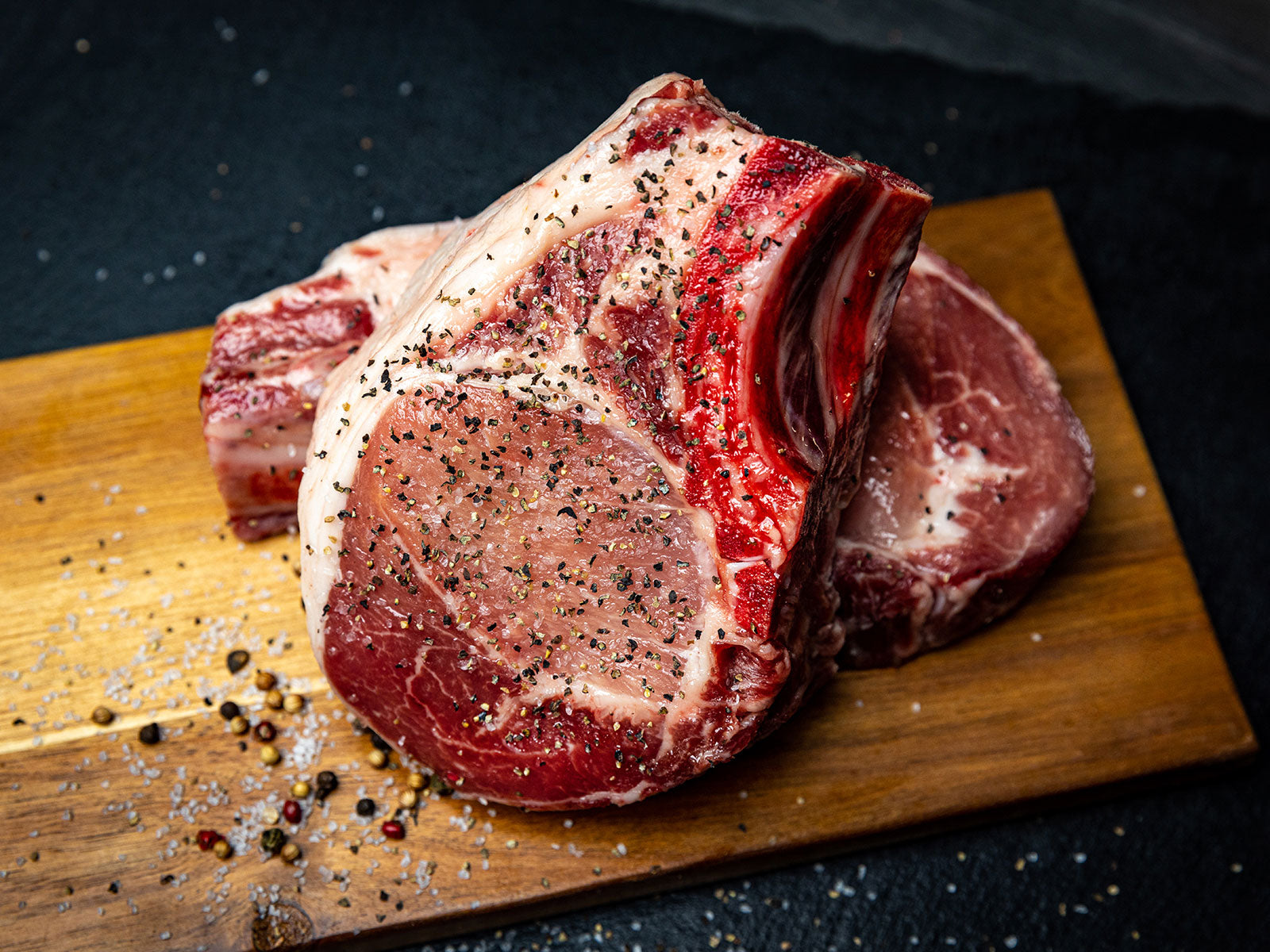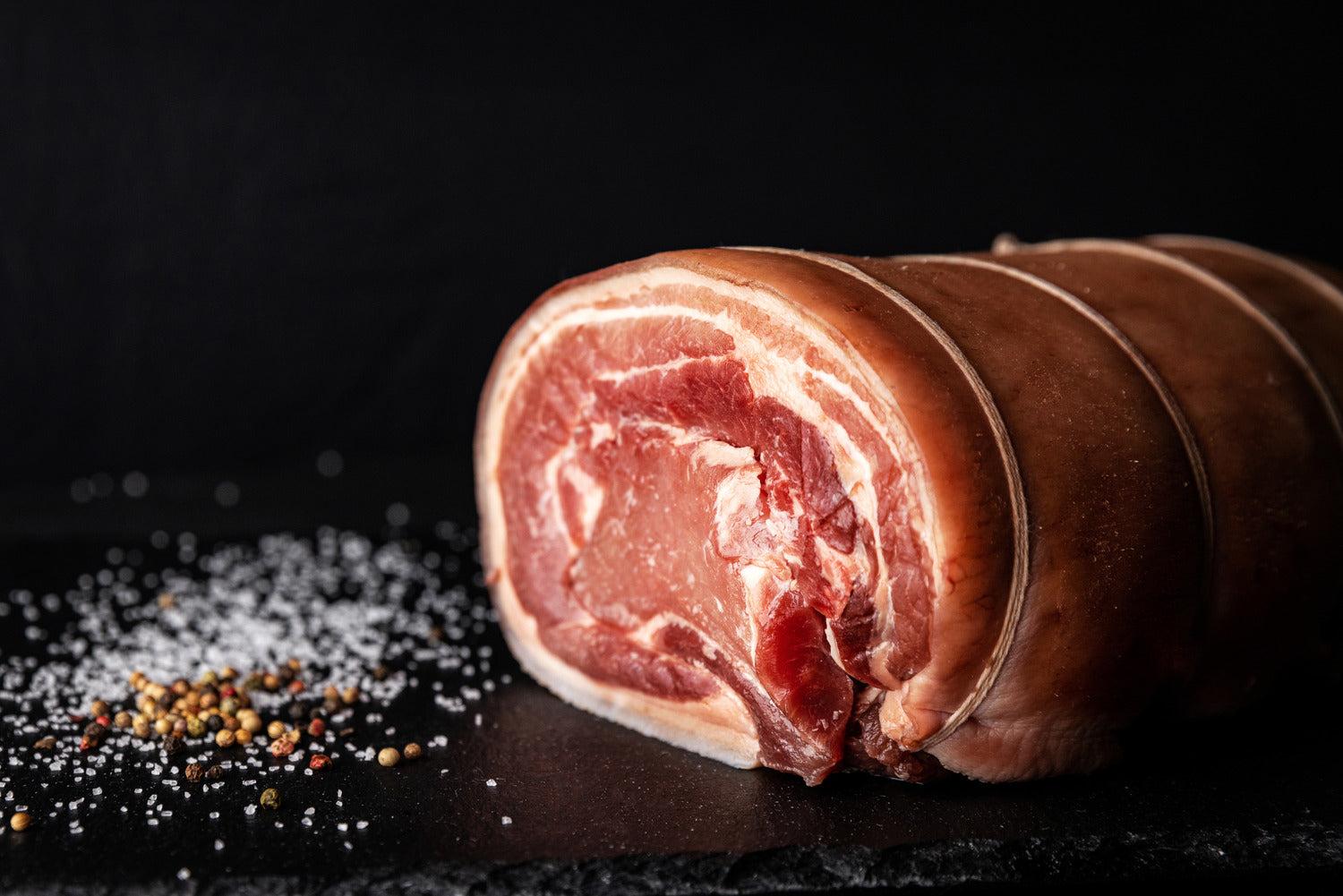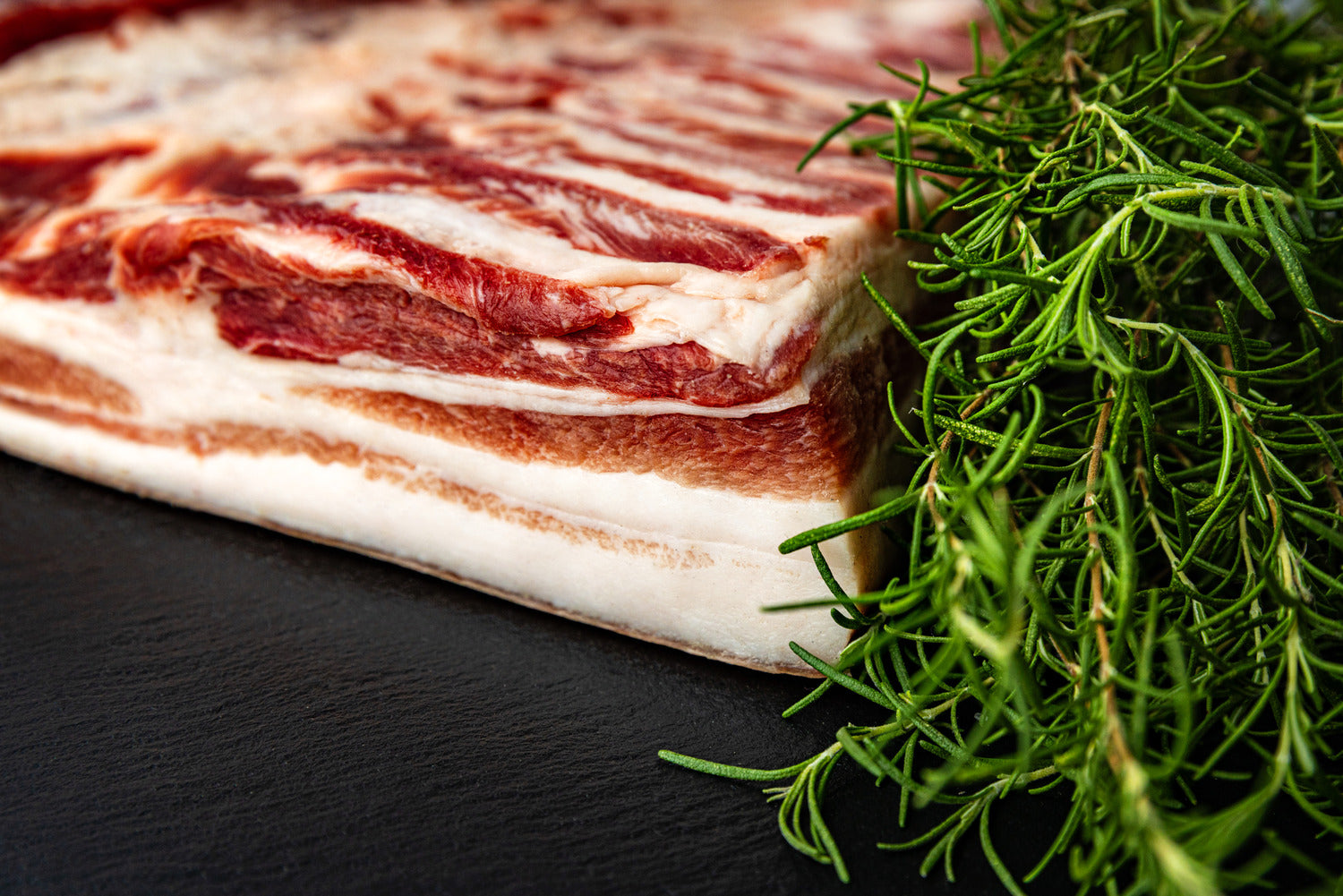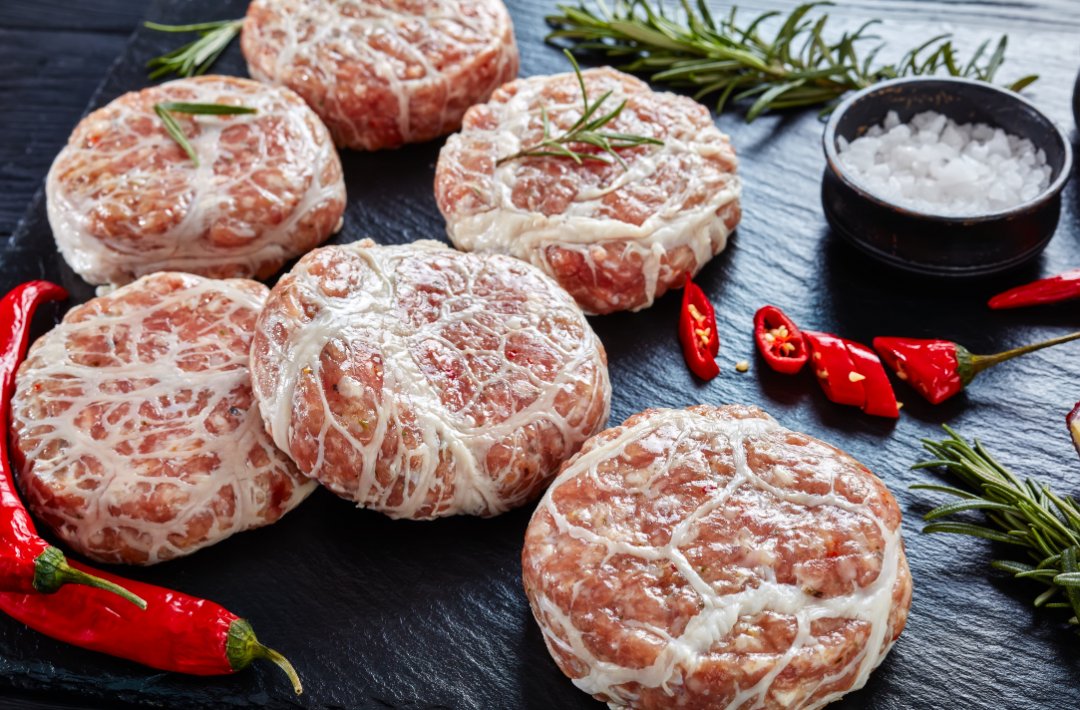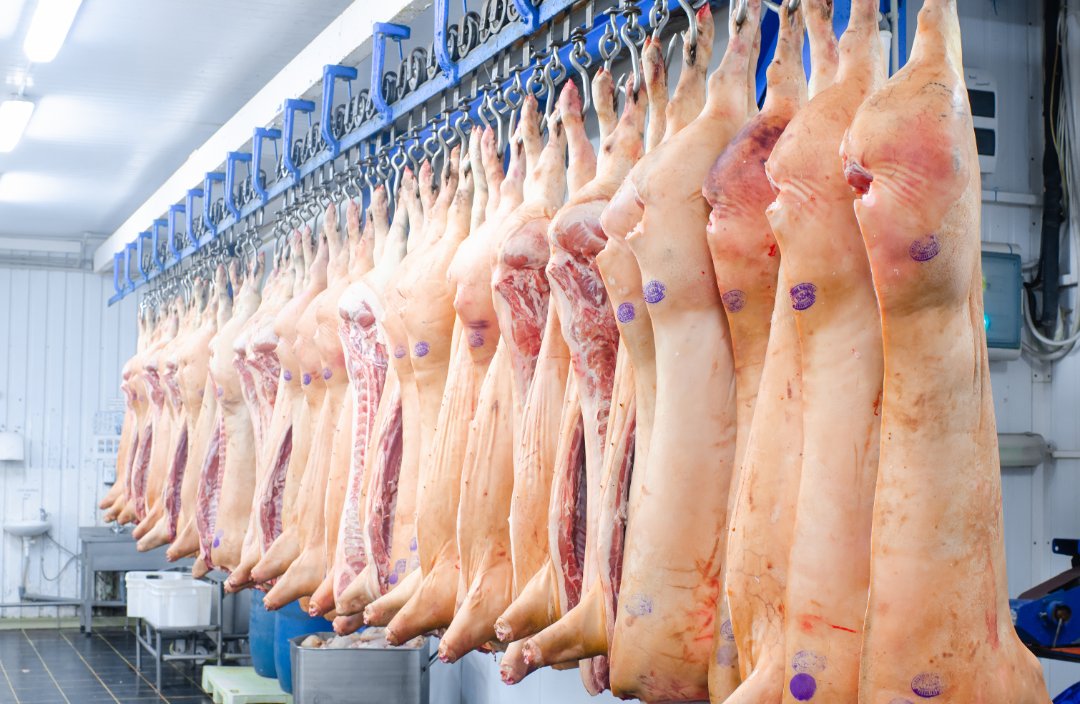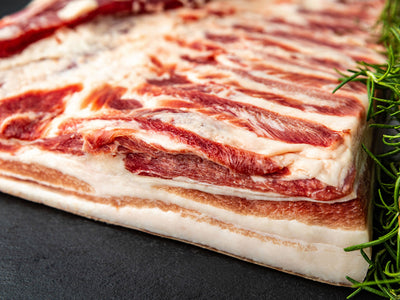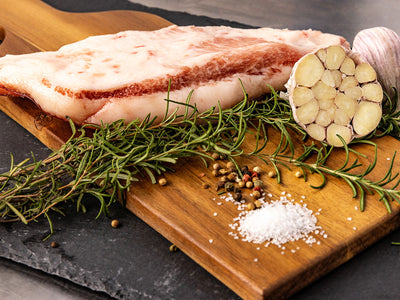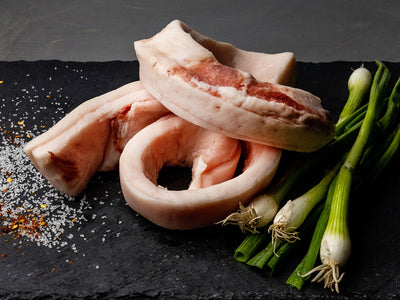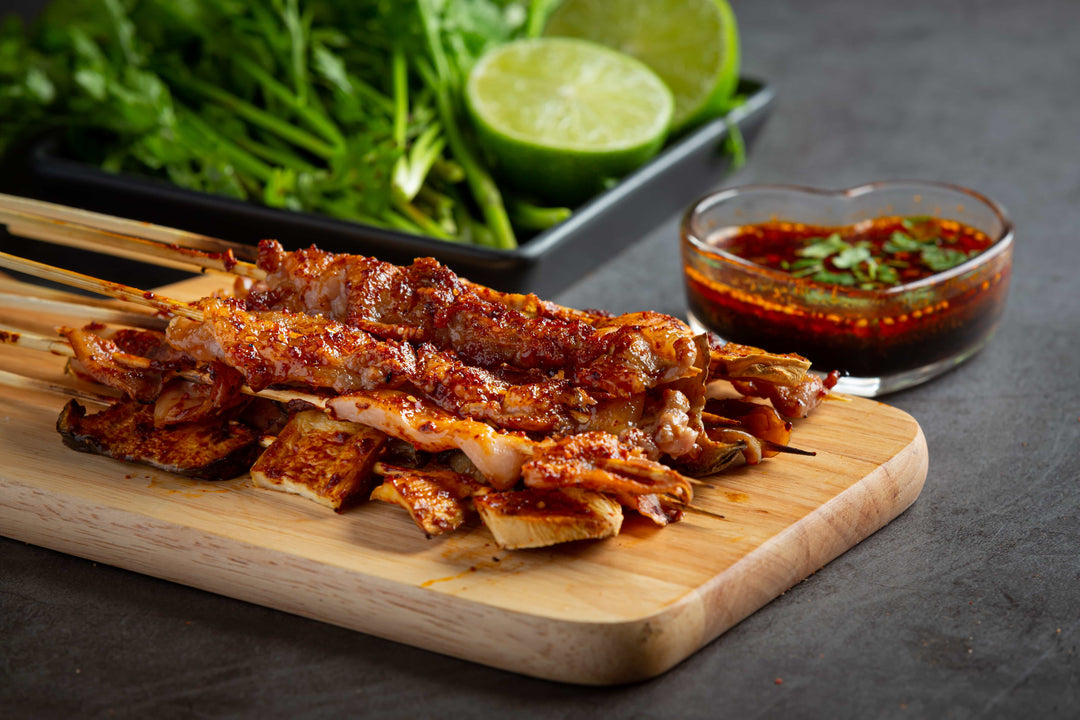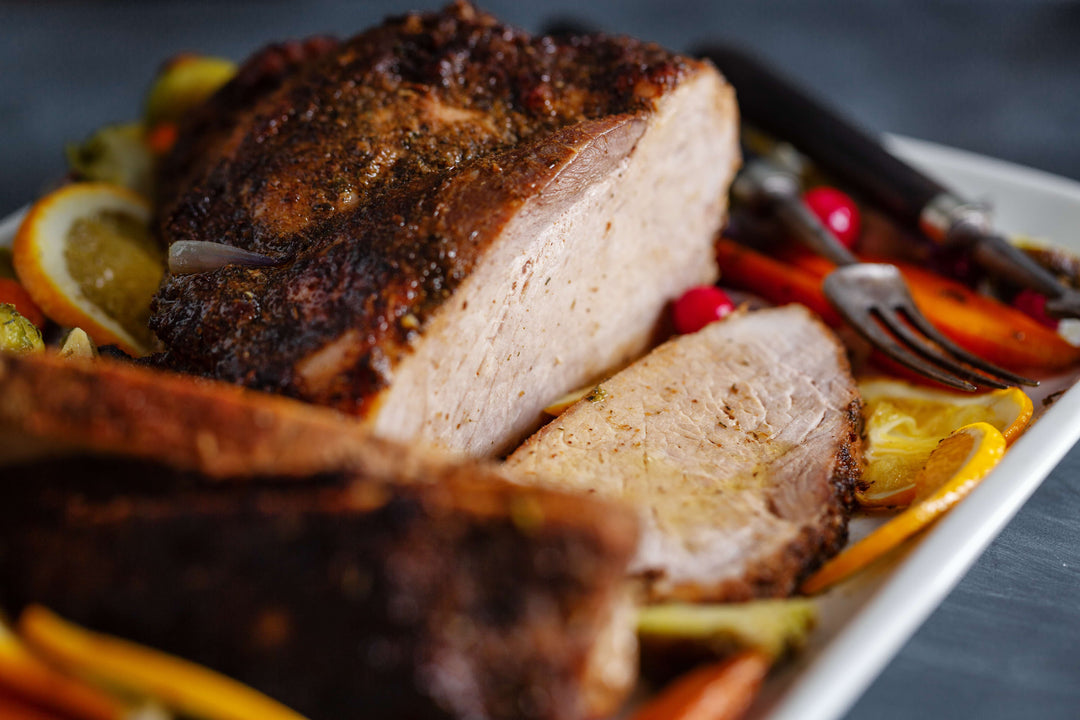Table of Content
- Understanding the Role of Meat in a Healthy Diet
- Healthy Meat Choices You Can Trust
- The Lean Meats List: Top Picks for a Balanced Diet
- What Is the Healthiest Meat to Eat?
- Making Smart Choices: How to Shop for Healthy Meats
- Choosing Meat That Works for You
- Ready to Make Healthier Choices at the Dinner Table?
Eating meat has long been part of human culture. From backyard barbecues to hearty winter stews, meat often takes center stage at the dinner table. But in today’s world, people are more mindful about what they eat—and for good reason.
Many ask, “Which meats are actually good for me?” or “How much meat is too much?” Whether you're trying to eat healthier, lose weight, or just feel better, understanding how meat fits into a balanced diet can help you make smarter choices.
In this blog, we’ll walk through the benefits of eating meat, the healthiest types to consider, and tips on how to shop and cook meat the right way.
Understanding the Role of Meat in a Healthy Diet
It helps to understand how meat supports your body. It’s a bundle of nutrients that many people rely on for strength, energy, and wellness.
Nutritional Benefits of Meat
-
Protein powerhouse
Meat delivers complete protein, which contains all the amino acids your body needs. It helps you build and repair muscles, skin, and organs, and keeps your immune system strong. -
Key nutrients: Iron, zinc, and B12
Red meat in particular provides easily absorbed iron. Zinc helps heal wounds, and vitamin B12 supports nerve function and energy levels. -
Why moderation matters
Too much meat—especially fatty or processed kinds—can add saturated fat and sodium to your diet. Stick to moderate servings a few times a week and balance it with vegetables, grains, and healthy fats.
What Makes Meat "Healthy"?
When people say “healthy meat,” they usually mean meat that gives more nutrition than it takes away.
-
Low in saturated fat
Lean cuts with less visible fat help protect your heart and support weight goals. -
Rich in nutrients per calorie
The healthiest meats offer protein, iron, and vitamins without excess calories. Poultry and fish are good examples. -
Free from harmful additives
Meats that are minimally processed—no added nitrates, preservatives, or artificial flavors—are better for long-term health.
Healthy Meat Choices You Can Trust
Now that we know what to look for, let’s explore the different types of meat you can feel good about eating. Each category has its own benefits and best picks.
Poultry – Lean, Versatile, and Heart-Friendly
Poultry is often a go-to for lean protein. It's easy to cook, budget-friendly, and lower in fat compared to red meat.
-
Chicken breast (skinless) is low in calories and high in protein. It works in countless dishes and pairs well with nearly any seasoning.
-
Turkey, especially the breast portion, is another lean choice. Ground turkey (choose 93% lean or higher) is a smart substitute for fattier beef in tacos, pasta, or meatballs.
-
Why white meat wins: White poultry meat is lower in fat than darker cuts, like thighs or drumsticks. It’s also easy to digest and works well in low-fat diets.
Seafood – Omega-3 Rich and Brain-Boosting
Fish is packed with healthy fats, especially omega-3s, which support heart and brain health.
-
Fatty fish like salmon, mackerel, and sardines contain good fats that reduce inflammation and support cognitive function.
-
Lean white fish such as cod, tilapia, and haddock are lower in calories and great for light meals.
-
Health bonus: Unlike many meats, fish gives you both protein and healthy fat in one serving—ideal for balanced eating.
Red Meat – What to Choose and What to Avoid
Red meat beef, lamb, pork, and venison has benefits, but it’s important to be selective.
-
Choose lean cuts like sirloin, eye of round, or tenderloin. These offer iron and protein without too much fat.
-
Grass-fed beef tends to have more omega-3s and antioxidants than grain-fed varieties. It also has a better fat profile.
-
Skip heavily processed meats like bacon, sausages, and cured deli meats. These often contain high sodium and preservatives.
Exotic or Alternative Options
Looking to try something beyond the usual meats? Some lesser-known options offer surprising benefits.
-
Bison is naturally leaner than beef, yet just as rich in iron and protein.
-
Venison (deer meat) is low in fat and high in nutrients, with a rich flavor that works well in stews or roasts.
-
Rabbit and duck provide variety. Rabbit is lean and high in protein, while duck should be enjoyed in moderation due to its higher fat content.
The Lean Meats List: Top Picks for a Balanced Diet
There’s no one “perfect” meat, but some cuts consistently rank among the healthiest. Let’s take a closer look.
The Ultimate Lean Meats List
Here’s a lineup of meats that offer great nutrition with less saturated fat:
-
Chicken breast (skinless) – a classic lean protein, great for everyday meals
-
Turkey breast – lean, flavorful, and ideal for meal prepping
-
Lean ground beef (90% or higher) – offers red meat benefits without too much fat
-
Pork tenderloin – the leanest cut of pork, tender and easy to cook
-
Bison – nutrient-dense and lower in fat than regular beef
-
Venison – packed with protein and iron, great for active lifestyles
-
Fish like cod, tilapia, haddock, and moderate-fat options like salmon
-
Shellfish such as shrimp and scallops – high in protein, low in fat
These options support energy, recovery, and satiety without overloading on calories or fat.
Cooking Methods Matter
Even the healthiest cut can lose its benefits if cooked the wrong way. Here’s how to keep your meat clean and nutritious:
-
Grilling, baking, broiling, and air-frying help retain nutrients without adding unnecessary fat
-
Avoid deep frying or cooking in heavy oil
-
Skip sugary marinades or salty sauces; use herbs, lemon juice, garlic, and olive oil for flavor
-
Trim visible fat and remove skin when needed
Smart cooking keeps your meals healthy without sacrificing taste.
What Is the Healthiest Meat to Eat?
So, which meat tops the list for health-conscious eaters? That depends on your specific goals—but here’s a breakdown.
Comparing the Top Contenders
Let’s compare a few standout options:
-
Skinless turkey breast – lowest in fat and high in lean protein
-
Salmon – high in healthy fats, supports heart and brain
-
Grass-fed beef – higher in omega-3s and antioxidants than regular beef
-
Bison – offers iron, zinc, and lean protein with fewer calories
-
Venison – very lean, rich in flavor and nutrients
The Winner Isn't Always Obvious
Each option has its strengths:
-
Salmon is excellent for heart health thanks to its omega-3s
-
Turkey and chicken are great for weight loss and daily meals
-
Bison or grass-fed beef are solid choices for those needing more iron and zinc
Instead of relying on one meat, consider rotating a few of these into your week.
Making Smart Choices: How to Shop for Healthy Meats
A trip to the meat counter can feel overwhelming. Here’s how to buy with confidence.
Labels to Look For
Understanding labels can help you find quality products:
-
“Grass-fed” – better fat composition and nutrient profile
-
“Free-range” or “pasture-raised” – animals had more space to move, often linked to better quality meat
-
“No antibiotics” and “no added hormones” – fewer artificial additives
-
“Organic” – raised without synthetic pesticides or genetically modified feed
Be mindful though—some labels are more marketing than substance. Always read the details.
Budget-Friendly Healthy Meats
Eating well doesn’t mean overspending. These tips can help:
-
Buy in bulk and freeze in smaller portions
-
Choose store-brand lean cuts—they're often cheaper than big-name labels
-
Look for sales on frozen fish or chicken, which offer the same nutrition
-
Use every part—whole chicken or bone-in cuts can be more affordable per meal
Healthy eating is possible on any budget with the right planning.
Choosing Meat That Works for You
The “best” meat depends on your needs—your activity level, your health goals, your budget, and even your taste preferences.
Think variety, not perfection. Choose lean, nutrient-rich cuts, prepare them with care, and balance your meals with vegetables, grains, and healthy fats. A smart meat choice can support your health, your energy, and your enjoyment at the table.
Ready to Make Healthier Choices at the Dinner Table?
At Red Field Ranch, we care about the quality of the meat you serve your family. That’s why we offer a trusted range of lean, nutritious meats—from grass-fed beef and bison to clean, high-quality poultry and seasonal wild game.
We source responsibly, cut with care, and deliver meat you can feel good about eating. Whether you're grilling for guests or meal prepping for the week ahead, our products help you make every bite count.
Shop at Red Field Ranch today—where healthy meets hearty.
Frequently Asked Questions
Skinless poultry, such as chicken or turkey breast, is often the best daily choice. It’s low in saturated fat, high in protein, and easy to prepare in a variety of ways. Fish like cod or tilapia are also great for regular meals, offering lean protein and essential nutrients.
Lean cuts like sirloin, tenderloin, or grass-fed beef can be part of a healthy diet when eaten in moderation. It’s best to avoid processed red meats and limit portions to a few times per week.
Lean meats have less total fat and saturated fat per serving. They include options like chicken breast, turkey, and certain cuts of beef or pork. Fatty meats—like ribs or sausage—tend to be higher in calories and saturated fat, which can affect heart health if eaten too often.
Fish, especially oily varieties like salmon or mackerel, is rich in omega-3 fatty acids that support heart and brain health. It’s often considered healthier than fatty red meats due to its lower saturated fat and added nutritional benefits.
Yes. Eating lean meats in controlled portions can support weight loss by helping you stay full longer and maintain muscle. Pair meat with vegetables, whole grains, and healthy fats for balanced, satisfying meals.
